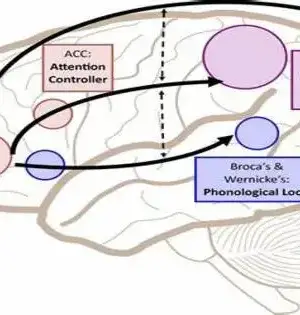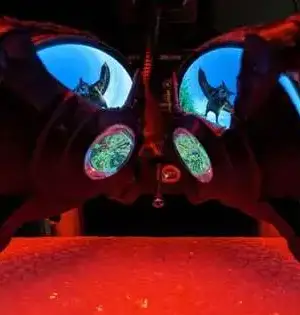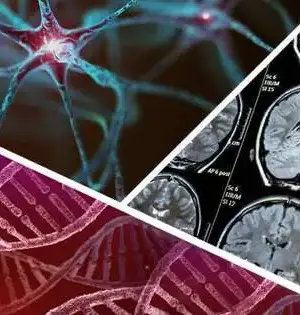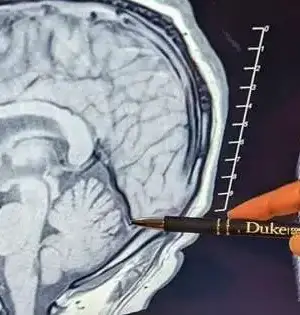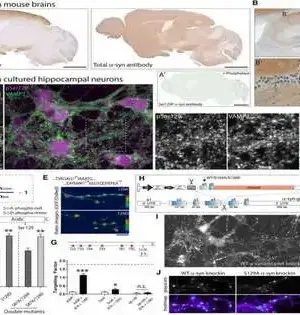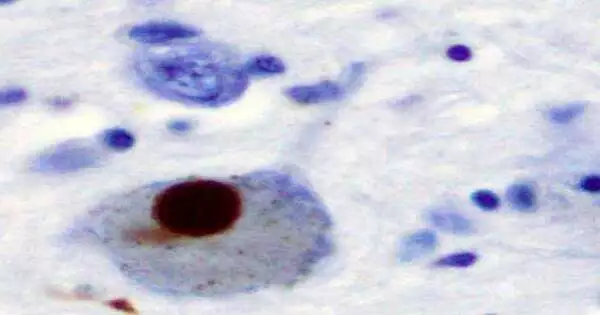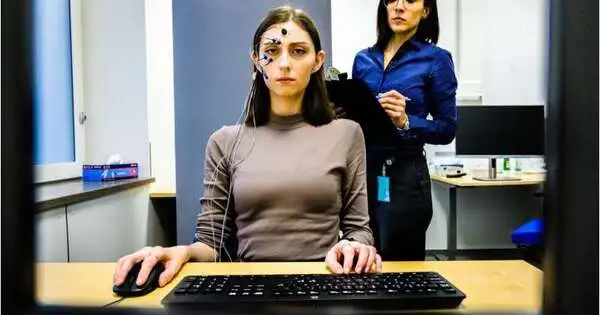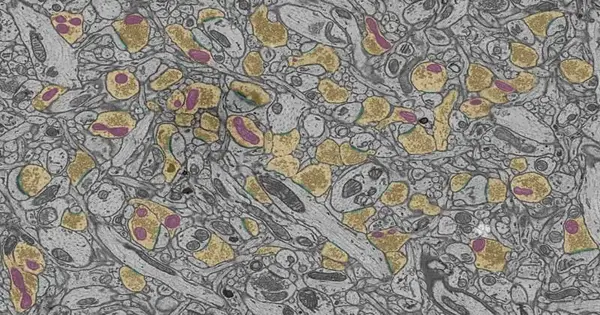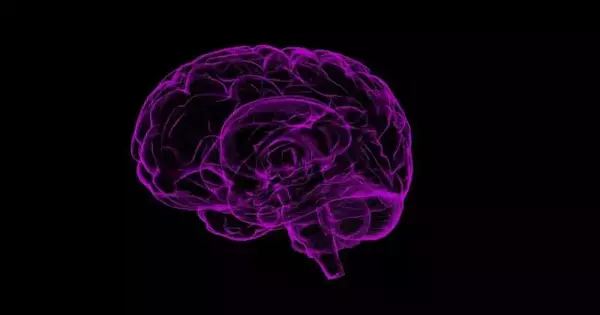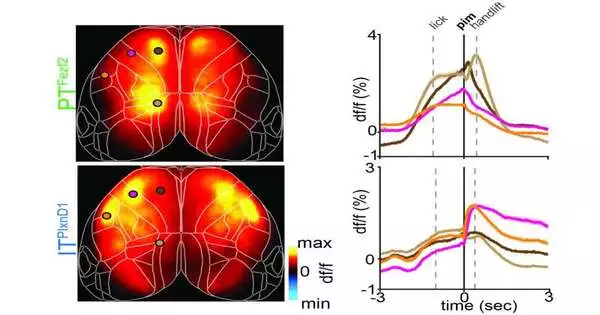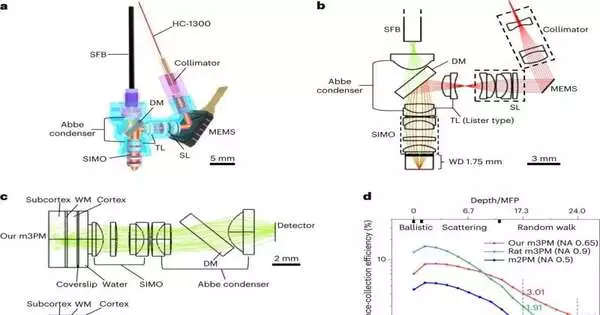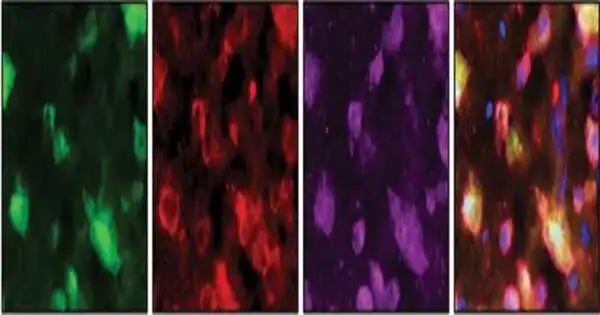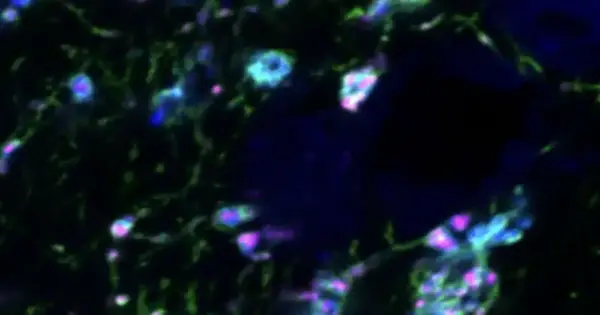According to research reported in the Lancet Neurology journal, a method that recognizes the accumulation of abnormal protein deposits connected to Parkinson's disease may help with early detection and be crucial in the clinical diagnosis and characterization of the condition. The study's results show that the method, called the synuclein seed amplification assay (Syn-SAA), is reliable for identifying those who have the neurodegenerative disease and that it may also be able to recognize those who are at risk and those who have non-motor symptoms that first appear before motor symptoms. Parkinson's disease is characterized pathologically by the presence of misfolded
Neuroscience
A recent study from Linköping University in Sweden found that people who have experienced childhood abuse are more likely to have high levels of the body's own cannabinoid compounds, which act as a barrier against addiction. The research was written up in Molecular Psychiatry. Following childhood abuse, the brains of those who had not become addicted appear to process social signals involving emotions more quickly. The risk of developing a drug or alcohol addiction in later life is long thought to be elevated in cases of childhood maltreatment. Even after taking into account confounds from genetics and other familial factors,
A lot of nested and dependent pieces are needed for the brain to function properly, much like a puzzle. Each of the areas that make up the brain has millions of neurons connected by tens of thousands of synapses. Even more minute structures called message-sending boutons, message-receiving dendrites (complementary branch-like structures for receiving bouton messages), and power-producing mitochondria are all necessary for these synapses, which allow communication between neurons. Message-sending boutons are swollen bulbs at the tips of neurons that resemble branches. All of these components must be present for the brain to function properly. These pieces, however, can become
According to a recent Penn Medicine study, the development of the brain does not occur uniformly throughout the brain but rather follows a newly discovered developmental sequence. Young people are sensitive to socioeconomic environments through adolescence because brain regions that support cognitive, social, and emotional functions appear to remain malleable—or capable of changing, adapting, and remodeling—longer than other brain regions. Recently, the results were published in Nature Neuroscience. Researchers used magnetic resonance imaging (MRI) to map how developmental processes progress throughout the human brain from 8 to 23 years old. The results point to a fresh way of thinking about
More than one language is spoken by almost half of the world's population, and many adults are fluent readers and writers of multiple scripts. By examining the brains of 31 bilingual individuals, Stanislas Dehaene's Unicog team at CEA's NeuroSpin and Laurent Cohen at the Paris Brain Institute were able to determine how the visual cortex adjusts to the recognition of words written in various characters. The Visual Word Form Area (VWFA) is made up of tiny cortical areas sensitive to word perception, according to research using high-resolution 7T fMRI. Reading in both English and French has no discernible effect on
According to current models of the visual system developed by neuroscientists, it encodes the positions of various objects similarly to how a camera would, representing the visual world in a similar way. But since the environment in which an animal lives is constantly changing, this change may also affect how visual information is processed. This theory is supported by evidence recently gathered by scientists at the Institute of Science and Technology in Austria and the LMU in Germany, which demonstrates that the organization of neurons in the mouse retina is impacted by panoramic (i.e., wide-view) visual statistics such as variations
Language, memory, and decision-making are just a few of the higher-order functions that the cerebral cortex, the outer layer of the mammalian brain, is known to be essential for. Numerous studies have looked at its structure and function, but it has been very challenging to image the neuronal dynamics and identify the cell types in behaving animals. Recently, a study was conducted by scientists at Cold Spring Harbor Laboratory and the Duke University Medical Center with the goal of observing and better comprehending neural circuit dynamics in the cerebral cortex of behaving mice. Their results, which were reported in Nature
A research team at Peking University in China has created a small three-photon microscope that has been successful in capturing deep images of freely moving mice's brains, marking a new advancement in multiphoton microscopy. The microscope, which only weighed 2.17 grams, managed to stabilize imaging of the brain cortex and hippocampal neurons of freely moving mice, an innovation that shows promise as a way to unravel the mysteries of the human brain. The investigation was reported in Nature Methods. What does the research concern?Global brain research has focused on mapping the connectivity and functional dynamics of the human brain, which
Each year, approximately 1 in 5 Americans withstand a traumatic brain injury brought on by a fall, car accident, or sports injury, which can result in both short- and long-term disability. To better understand what transpires in the brain during injury, researchers from the University of Maryland School of Medicine (UMSOM) carried out a study in mice to examine how various types of brain cells in mice respond to severe trauma. In a recent study, which was published in the January issue of Autophagy, it was discovered that the internal recycling function of the immune system cells in the brain
Humans are known to perceive their surroundings differently depending on their circumstances, feelings, and sensations. Thus, internal states such as fear, arousal, or hunger can influence how the brain processes and registers sensory information. Recently, a study was conducted by scientists at Beth Israel Deaconess Medical Center, Boston Children's Hospital, and Peking University to determine whether the neurotransmitter serotonin, which is known to control sleep, mood, sexual desire, and other internal states, has any impact on how visual information is processed. Their results, which were reported in the journal Neuron, imply that serotonergic neurons in the brainstem (i.e., the central
